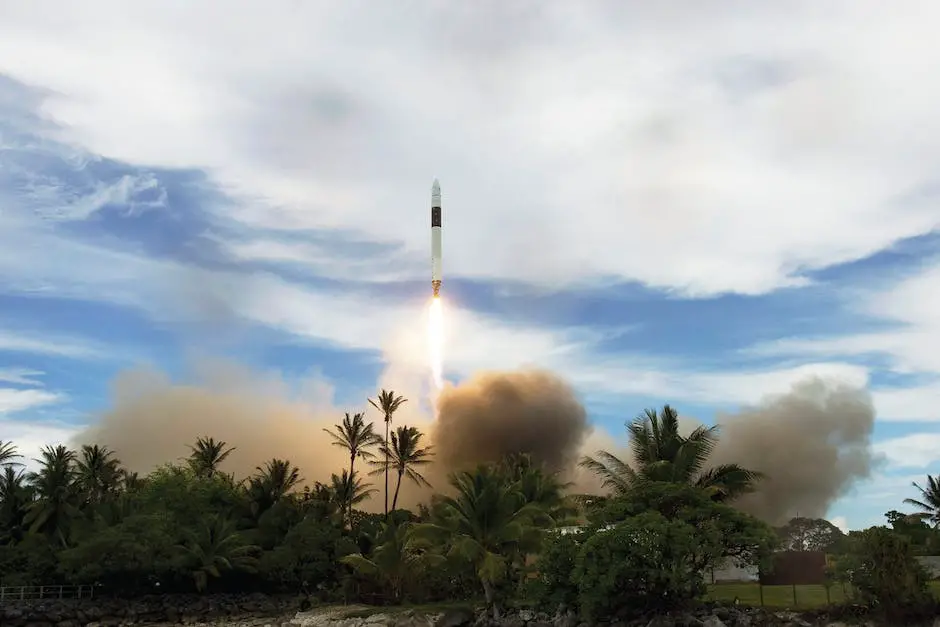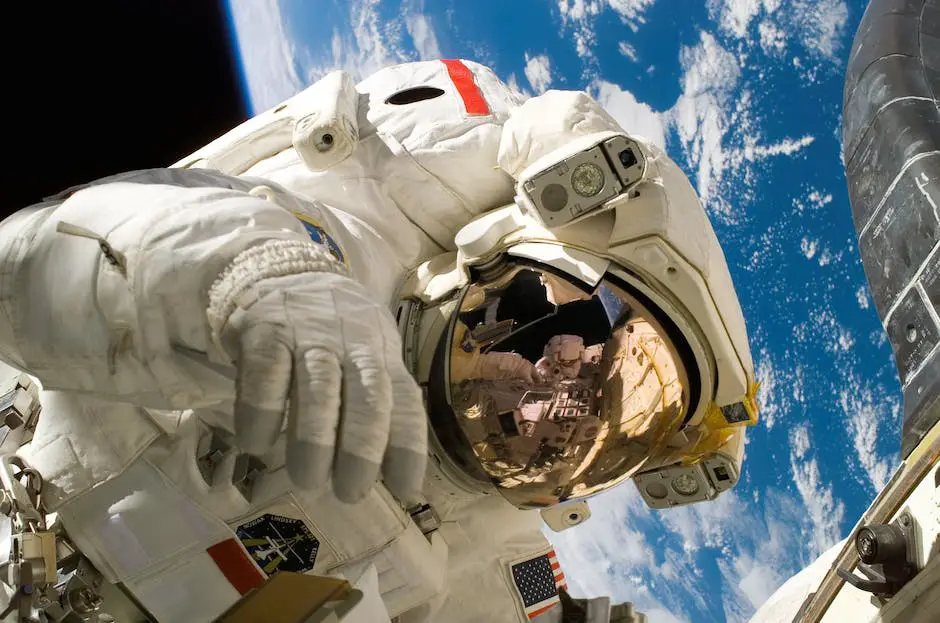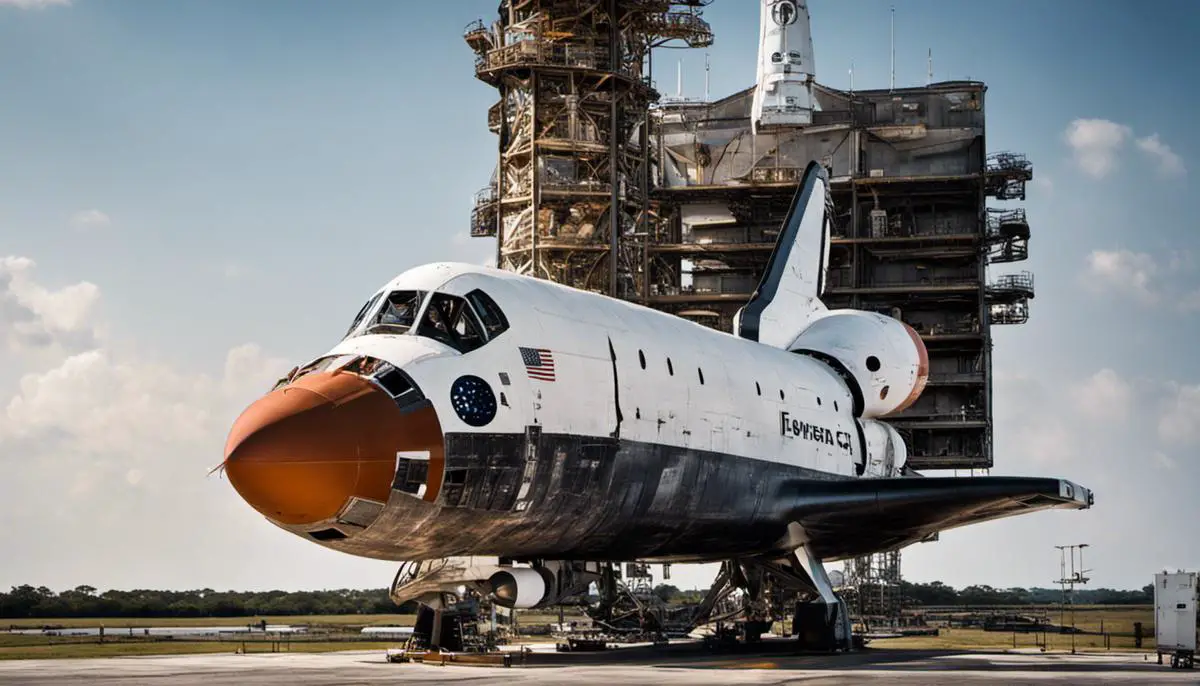Fifty-four years ago, the United States space program, NASA, experienced one of its darkest hours when the Apollo 1 mission resulted in tragedy. The mission, which was part of America’s ambitious endeavor to put a man on the moon, ended abruptly when a fire broke out inside the command module during a pre-flight test, taking the lives of the three astronauts onboard. This incident rocked NASA and the nation as it laid bare critical safety oversights in the space program; yet this failure wasn’t an end but a new, somber beginning. The Apollo 1 tragedy reshaped not only NASA’s operational strategies but also paved the path for major leaps in future space missions.
Contents
The Preparation and Goals of Apollo 1
Apollo 1: The Mission
Apollo 1, initially designated as AS-204, was the primary manned mission of the United States’ Apollo program, which aimed to land humans on the Moon. The mission was scheduled for launch in February 1967 and was intended as a low Earth orbital test of the Command and Service Module, otherwise known as the Apollo spacecraft.
Preparation for the Mission
Preparation for Apollo 1 was extensive and rigorous. The crew, consisting of astronauts Gus Grissom, Ed White, and Roger B. Chaffee, had been training for weeks, familiarizing themselves with the spacecraft and mission procedures. Simulations and testing were critical aspects of the preparation period. The Apollo 1 spacecraft underwent routine checks to ensure its readiness for flight.
In January 1967, the crew participated in a “plugs-out” test, a dress rehearsal for the launch that tested the spacecraft while it was disengaged from all cables except those for power. It was during this test that the tragedy occurred.
The Stage of the Space Race
Embedded in the context of the Cold War, the Apollo 1 mission was marked by profound ambitions and substantial public and political attention. As a symbol of technological advancement and national identification, the space race between the United States and the Soviet Union was much more than a competitive exploration of the cosmos.
NASA’s Apollo program embodied the United States’ commitment to asserting its technological capabilities to the world, and the Apollo 1 mission played a pivotal role in this objective. Winning the space race was deemed not merely as a scientific accomplishment but also as a testament to the supremacy of democratic societies over Soviet Communism. The larger narrative of national prestige and international rivalry deeply shades our understanding of the Apollo 1 tragedy.

The Incident
The Calm Before the Storm
On the afternoon of January 27, 1967, at Florida’s Kennedy Space Center, the countdown clock started ticking for the launch rehearsal of the Apollo 1 mission. Aboard the Apollo command module, perched atop a Saturn rocket, were astronauts Lt. Colonel Virgil I. “Gus” Grissom, Lt. Colonel Edward H. White, and Roger B. Chaffee, participating in a standard pre-launch exercise. From an outsider’s perspective, the preparations appeared routine, with the crew familiarising themselves with the new command module’s functionalities. However, this facade of normality obscured a lurking, impending catastrophe.
Catastrophe Strikes
The procedure, known as a “plugs-out” test, involved following a simulated launch countdown sequence while the spacecraft was virtually loaded with fuel. However, the test turned tragic when a fire sparked in the 100% pure oxygen environment inside the sealed capsule, rapidly transforming into an inferno.
At 6:31 PM, shortly after the crew had reported a foul smell emanating in the spacecraft, startled technicians outside heard the word “Fire”. In the ensuing panic, a handful of ground crew risked their lives to contain the blaze and access the module to rescue the astronauts. However, the command module’s hatch, designed to open inward and sealed by the internal pressure, proved excruciatingly difficult to open.
After the Flames
By the time they were finally able to wrench the hatch open, a full 5 minutes had passed. The atmosphere inside the Apollo 1 cabin was gut-wrenchingly horrific. All three astronauts had perished in the fire. An immediate halt was called on the ambitious Apollo program while a comprehensive review of what had transpired was initiated. It was a stunning setback, intensifying the already existing space race pressure and casting a grim shadow over NASA’s lunar aspirations.
Dispelling the Myths
One of the most common misconceptions about the Apollo 1 tragedy is that, because it happened on the ground, it was not as monumental or impactful to the space exploration program. Quite to the contrary, this tragic event altered the trajectory of space exploration, necessitating extensive revisions in spacecraft design and a comprehensive upgrade of safety measures. Additionally, it prompted a complete reassessment of the risks associated with human space travel.
Another prevalent myth is that the fire itself took the lives of the three astronauts on board. In actuality, it was not the flames, but the lethal carbon monoxide fumes produced in the capsule’s pure oxygen environment that led to their untimely deaths. The capsule’s design, intended to enable astronauts to survive in the oxygen-free expanse of outer space, inadvertently created a highly combustible environment that amplified the effects of the fire.

The Investigation and Findings
Unveiling the Truth
A mere two days following the Apollo 1 catastrophe, NASA appointed an eight-member team to spearhead an exhaustive investigation. Led by Floyd L. Thompson, Deputy Director of NASA Langley Research Center, the Apollo 204 Review Board worked tirelessly to elucidate the sequence of unfortunate events that led to this defining moment in space exploration.
With a steadfast commitment to uncovering the truth, the team pored over an array of data, including control data from the spacecraft and facility, mission logs, post-fire photos and press coverage. They also examined thousands of individual spacecraft parts present at the time of the fire. It was this extensive and meticulous effort that shed light on the intricacies of the incident.
Key Findings
Weeks into the investigation, it became increasingly clear that NASA’s rigorous test protocol and safety measures were blindsided by the ignition and extremely rapid spread of fire in the pure oxygen environment of the cabin. This, combined with faults in design, testing, and handling of potentially flammable materials, exacerbated the catastrophic incident.
Contrary to popular belief, the highly flammable pure-oxygen environment didn’t initiate the fire, but it allowed the flames to spread in an uncontrollable fashion. The Review Board concluded that the fire most likely started from an electrical arc in the lower equipment bay of the Command Module, exactly where is still a point of contention. Compounding the situation, the hatch door which opened inward could not be opened against the internal pressure produced by the fire, sealing the crew’s ill-fated destiny.
Congressional Hearings
Subsequent to NASA’s internal investigation, U.S. Congress held a series of hearings to further delve into the tragedy. These hearings put NASA under intense scrutiny, with House and Senate committees questioning NASA personnel and astronauts about various aspects of the Apollo program. Akin to NASA’s internal investigation, the hearings underscored significant design errors and procedural oversights.
The Apollo 1 Tragedy and its Impact on NASA
On January 27, 1967, a devastating incident unraveled on the launch pad at Cape Kennedy. During a routine pre-flight check, the Apollo 1 crew which comprised of astronauts Virgil “Gus” Grissom, Edward White, and Roger Chaffee, lost their lives tragically. An unexpected fire in the command module swiftly transformed the spacecraft into a lethal inferno, with the pure-oxygen atmosphere within feeding the fast-spreading flames, reducing the crew’s chances of survival drastically.

The Impact on NASA and Subsequent Space Missions
Lessons Learned and the Aftermath
After thorough investigations and earnest hearings, both NASA and Congress derived critical lessons from the tragedy, devising comprehensive recommendations to prevent such major catastrophes in future space missions. The primary suggestions encompassed the substitution of the pre-launch pure oxygen environment with a nitrogen/oxygen blend, revamp of the hatch door to swivel outward, improvement of quality control, and enhancement of stringent testing regimes for all hardware and wiring. It was also firmly advised that the use of flammable materials within the cabin be curtailed and fire detection and suppression systems be significantly upgraded.
The misfortune of Apollo 1 served as a stringent, humbling admonition for NASA, underscoring the inherent risks associated with space exploration. The hard-learned lessons were heartily embraced in the following Apollo missions, an effort that significantly contributed to the triumphant and safe touchdown of Apollo 11 on the moon. The calamity of Apollo 1 went on to reshape NASA’s safety culture fundamentally, transforming it into the robust, infallible institution that it is recognized as today.
Alterations to Procedures and Policies
Immediately after the tragedy, NASA initiated an exhaustive investigation of the incident, establishing the Apollo 204 Accident Review Board. The review identified severe safety flaws in the Apollo Command Module, including design issues and poor quality control of components. The investigation pointed particularly to the command module’s pure-oxygen atmosphere, the presence of combustible material, design of the hatch, and inadequate emergency preparedness as key factors contributing to the disaster.
These findings had a profound impact on NASA’s future procedures and policies. The following Apollo spacecraft were redesigned to be intrinsically safer than their predecessors. The use of a pure oxygen atmosphere during ground tests was eliminated, and the capsule’s hatch was redesigned to open outward for easier emergency egress. The agency also vastly improved its emergency response capability and implemented more stringent quality control of all components.
Impact on Subsequent Apollo Missions
The tragedy of Apollo 1 led to a rigorous discrimination between flight hardware and ground-test hardware and a substantial delay in the Apollo program’s timeline. Critically, these developments paved the way for the successful Moon landing of Apollo 11 in 1969. The redesigned Apollo modules, with their increased safety protocols, would ferry 24 American astronauts to the Moon and back, marking one of humanity’s greatest achievements.
The commitment to “waste no sacrifice” made by NASA post-Apollo 1 ironically contributed to it achieving its purpose: landing humans on the Moon and returning them safely to Earth.
Lasting Legacy of the Crew
The astronauts Grissom, White, and Chaffee, who perished in the Apollo 1 tragedy, have a lasting legacy. Their courage and dedication to the cause of exploration and discovery have been a continuous inspiration for those associated with space travel. NASA has commemorated these astronauts on numerous occasions, reminding everyone of their contribution to the ultimate success of the Apollo program.
In particular, memorials at Arlington National Cemetery and the renamed Cape Canaveral Air Force Station (formerly Cape Kennedy) honor these brave men, while annual remembrances at NASA mark the anniversary of the tragedy. Each serves as a carefully preserved capsule of history, reminding future astronauts and the public of the indomitable human spirit, the importance of safety, and the high price that can come with progress and exploration.

Looking back, the Apollo 1 disaster was indeed a tragedy that cost the lives of three dedicated astronauts, but it was also an unfortunate, albeit pivotal event that spurred significant changes within NASA and in space exploration as a whole. The subsequent investigation and the identification of design failures led to an overhaul of the Apollo program’s safety measures, ensuring such a disaster would never be repeated. Today, the Apollo 1 tragedy remains etched in our collective memory, serving as the dark backdrop that highlights the subsequent achievements of manned space flights. The legacy of Ed White, Roger Chaffee, and Gus Grissom, astronauts who gave their lives in the pursuit of knowledge and exploration, continue to inspire future generations of space explorers.
